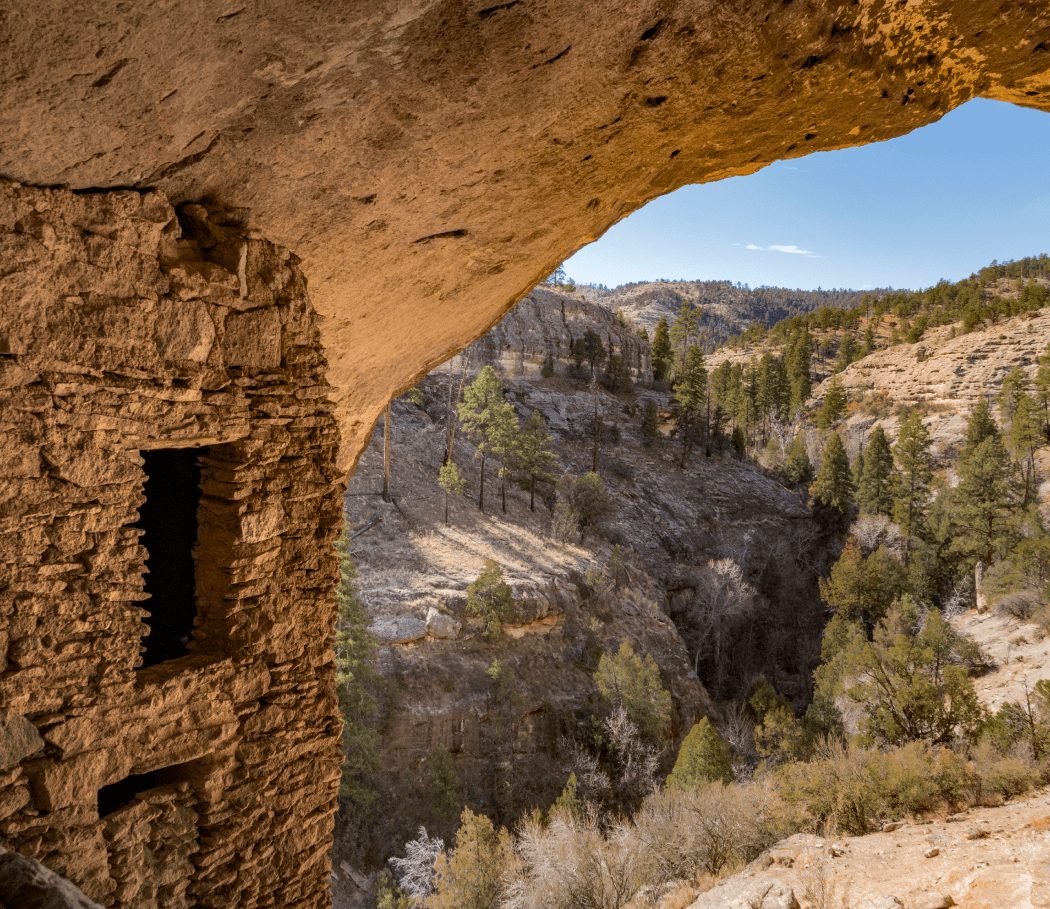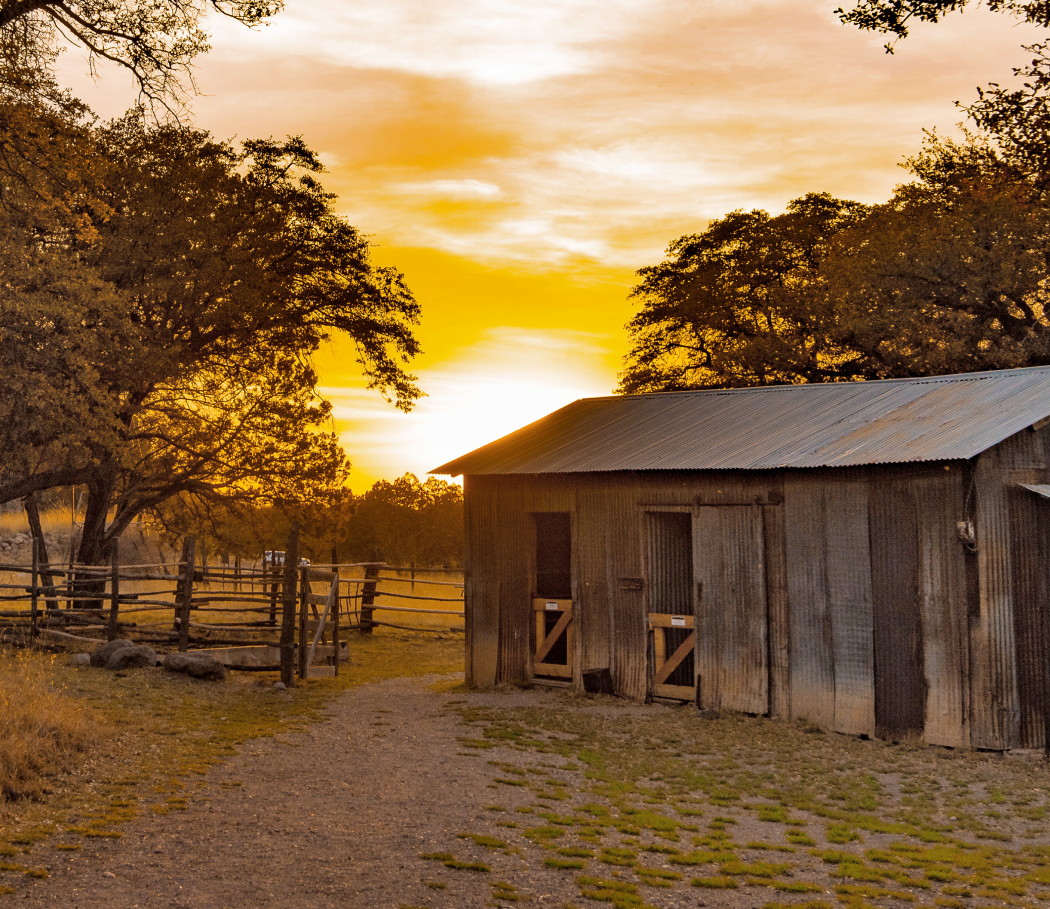The Battle and the Battleground
Bats, those insect-eating mammals we see at dusk as they flutter over our heads seeking their prey, have been battling white-nose syndrome (WNS) in North America since at least 2006. The organism responsible for this devasting disease is a cold-loving fungus named Pseudogymnoascus destructans. Bats are often infected with the fungus during hibernation – when the furry flying creatures are at their most vulnerable.
Once infected with the fungal pathogen, bats frequently develop a fuzzy white growth on their muzzle, ears or wings – a characteristic feature of WNS. In addition to causing the white growth, the fungus can erode a bat’s skin and trigger atypical behavior, including abnormal daytime flight, in its bat victims. Many afflicted bats suffer severe emaciation and death as a result of depleted stored fat reserves.

Left: male cave myotis captured at Iron Pools. Right: female fringed myotis captured at Iron Pool along Left Hand Tunnel. She had obviously reared a pup before and was showing evidence of early pregnancy. (WNPA 2019 Buecher-Northup Final Report)
P. destructans, which thrives in cold caves with high humidity, threatens the lives of millions of bats across the American Southwest and beyond. WNS has been detected in Texas and more than 30 other states. In 2019, the Western National Parks Association (WNPA) provided funding to a pair of bat biologists to monitor Carlsbad Caverns National Park (CAVE), located in southeastern New Mexico, for signs that the fungus might be spreading to CAVE bats.
Enter the Bat Biologists
Debbie C. Buecher, bat biologist and owner of Buecher Biological Consulting in Tucson, Arizona, has been studying caves for more than 50 years and the bat inhabitants of those caves for more than 35 years. As part of their WNPA project, Buecher and her research collaborator, University of New Mexico biology professor, Diana E. Northup, surveyed CAVE bats for the presence of P. destructans and signs of WNS.
According to Buecher, 6 million bats have died from WNS already. That is six million fewer bats that would otherwise have eaten one half of their body weight in insects every evening. Buecher and Northup hope to reduce the spread of P. destructans through early detection of the pathogen.
A first goal of the project, surveying backcountry caves for bat hibernacula and bats from which to collect samples, was undertaken by park personnel from CAVE. Few hibernacula were located initially, but in late May of 2019, Buecher, Northup and their team netted and took samples from bats that emerged from a tunnel within Carlsbad Cavern. Five nights of successful netting recovered 51 bats of various species.

Left: View of a long shallow pool along the Black River where we deployed mist nets. Right: View of the pool at Indian Shelter along Walnut Canyon. (WNPA 2019 Buecher-Northup Final Report)
Captured bats were examined for signs of WNS. Samples to be tested for P. destructans were taken from a subset of the captured bats with Q-tip-like tools. Buecher and Northup, wore personal protective equipment (PPE) when handling the bats to avoid transferring any fungus or other pathogens among or between the animals. The researchers also removed parasites from the bats prior to releasing them on site.
.
“They were clean as a whistle when we released them,” noted Buecher.
Citizen Engagement and Collaboration with Park Personnel
An added benefit of Buecher and Northup’s project was the robust program of citizen engagement at CAVE. For example, Buecher and Northup shared highlights of their work at public presentations. Park visitors were enthralled by two live bat “ambassadors” Beucher brought with her to these presentations – animals Buecher had rehabilitated but could not release to the wild.
Another benefit of the research project was the establishment of a close, collaborative relationship among members of the research team and CAVE interpretative and resources staff. (rangers). Four or five rangers took notes and asked questions as Buecher and Northrup conducted their field work. Buecher and Northup also conducted a day-long workshop for the rangers on how to communicate science to the public.

Bats caught at surface sites. Left: a male silver-haired bat. Middle: Weighing a male hoary bat using a spring Pesola. Right: A Brazilian free-tailed bat, the species that roosts in Bat Cave in large numbers. (WNPA 2019 Buecher-Northup Final Report)
Hopeful Results
Buecher and Northup met all planned objectives during their 2019 field and research work. As a result CAVE personnel, including interpretative rangers, have additional information about the park’s bats – information that will aid in monitoring the animals for WNS and will provide added value to interpretative resources rangers share with the public.
Fortunately, all tests for P. destructans performed on the CAVE bats were negative. For the time being, CAVE bats appear to have been spared the devastating impact of white nose syndrome.


Ultrasonic bat call recorded along Left Hand Tunnel that was acoustically identified as from a fringed myotis. (WNPA 2019 Buecher-Northup Final Report)
Guest Contributor Susan E. Swanberg, Assistant Professor, University of Arizona






